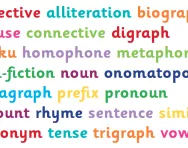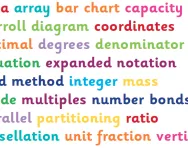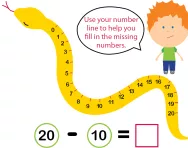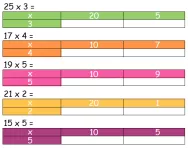Important update from TheSchoolRun
For the past 13 years, TheSchoolRun has been run by a small team of mums working from home, dedicated to providing quality educational resources to primary school parents. Unfortunately, rising supplier costs and falling revenue have made it impossible for us to continue operating, and we’ve had to make the difficult decision to close. The good news: We’ve arranged for another educational provider to take over many of our resources. These will be hosted on a new portal, where the content will be updated and expanded to support your child’s learning.
What this means for subscribers:
- Your subscription is still active, and for now, you can keep using the website as normal — just log in with your usual details to access all our articles and resources*.
- In a few months, all resources will move to the new portal. You’ll continue to have access there until your subscription ends. We’ll send you full details nearer the time.
- As a thank you for your support, we’ll also be sending you 16 primary school eBooks (worth £108.84) to download and keep.
A few changes to be aware of:
- The Learning Journey weekly email has ended, but your child’s plan will still be updated on your dashboard each Monday. Just log in to see the recommended worksheets.
- The 11+ weekly emails have now ended. We sent you all the remaining emails in the series at the end of March — please check your inbox (and spam folder) if you haven’t seen them. You can also follow the full programme here: 11+ Learning Journey.
If you have any questions, please contact us at [email protected]. Thank you for being part of our journey it’s been a privilege to support your family’s learning.
*If you need to reset your password, it will still work as usual. Please check your spam folder if the reset email doesn’t appear in your inbox.
What is 'scaffolding' learning?
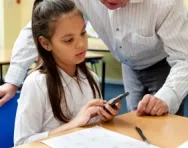
What is 'scaffolding' learning?
When teachers talk about 'scaffolding' learning, this means providing some kind of framework on paper that will support a child in learning a particular skill.
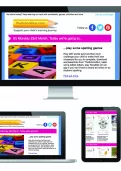

Start a unique learning programme!
- Weekly programme for each school year
- Worksheets sent direct to your inbox
- Keeps your child's learning on track
Examples of this in literacy could include:
- 'Cloze procedure', where a child is given a sentence and needs to fill in the missing words with their own words, for example they may be asked to put two adjectives into this sentence:
I saw a __________, ___________ dog.
- Writing frames where a child is given a sheet with demarcated sections and prompts to enable them to lay their writing out in a particular way and include particular features.
Examples of this in numeracy could include:
- When learning to subtract on a number line, providing children with a ready-drawn number line to make the process of finding the difference clear:

- Providing the children with a ready-drawn grid when they are learning to multiply using the grid method:

It is important for teachers to be perceptive when considering which children need to have scaffolding provided for the learning and which are able to work independently without this. Scaffolding is an important tool in providing children with the support that helps them to build their confidence so that they can move onto setting out their learning without this aid.


